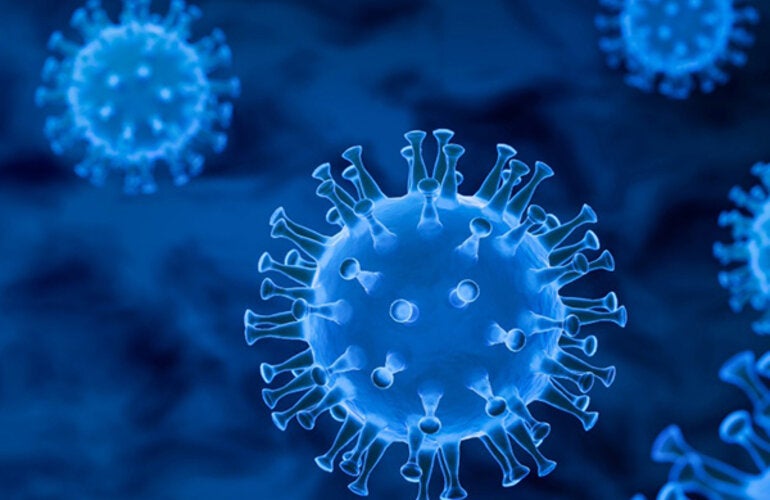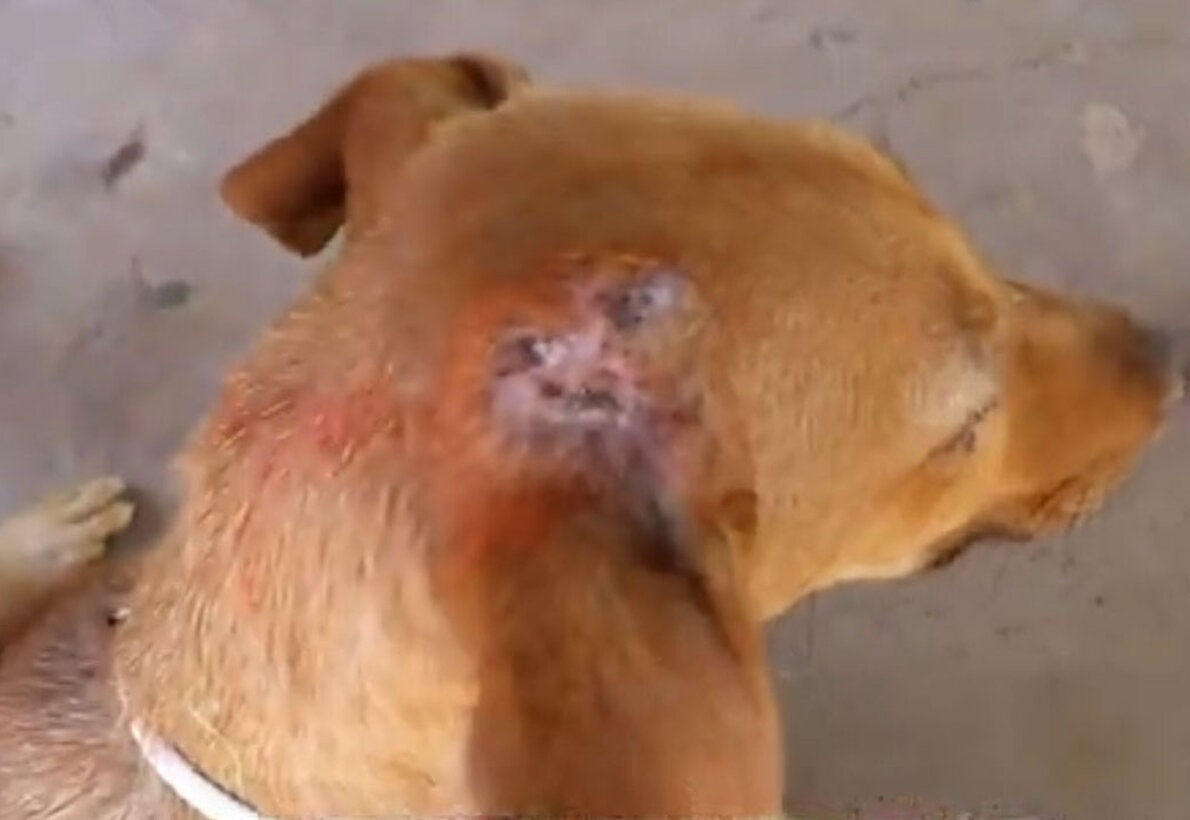One Health is an integrated and holistic approach to address health threats at the animal-human-environmental interface. It aims to sustainably balance and optimize the health of people, animals, and ecosystems. By promoting coordination and communication across multiple sectors a One Health approach can achieve better public health outcomes. One Health is a means to an end — the end being healthier populations
One Health recognizes that the health of humans, domestic and wild animals, plants, and the environment (including ecosystems) are closely linked and interdependent. Through the effective collaboration of public health, animal health, and the environment sectors, One Health can address the full spectrum of disease control – from prevention to detection, preparedness, response and management – and contribute to national, regional, and global health security.
In September 2021, the Directing Council of the Pan American Health Organization (PAHO) endorsed the policy, One Health: a comprehensive approach for addressing health threats at the human-animal-environment interface (CD59/9), that calls for a comprehensive and inclusive approach for the Organization to work with its Member States.
PAHO’s Regional One Health technical cooperation is built on six interdependent action tracks [1] that are delivered through its existing mandates and programs, and require close collaboration across sectors, stakeholders, and countries. The areas of work include:
[1] Based on the six action tracks of the Quadripartite OH Joint Action Plan.
Action track 1 “Enhancing One Health capacities to strengthen health systems” is overarching and focuses on strengthening One Health collaborative capacity to support global, regional, and national coordination for the integrated management and regulation of issues at the animal–human–plant–environment interface and to promote the health of humans, animals, plants, and ecosystems.
Among PAHO’s regulatory frameworks and initiatives contributing to One Health, the International Health Regulations (2005) (IHR) is the only instrument that legally binds Member States with the commitment to develop and maintain the capacity to detect, assess, notify, and report potential emergencies of international concern. The One Health approach is an essential component of the IHR core capacities. By aligning with the IHR principles and requirements, countries can enhance their One Health capacities and contribute to health security. In addition to the IHR, the Essential Public Health Functions provide a framework for building the institutional capacities to strengthen stewardship and governance for stronger health systems with a Primary Health Care approach.
Robust health information infrastructure including interoperable systems enhance Member States’ capacities to strengthen coordination across the human-animal-environment sector to address One Health challenges.
Action track 2 “Reducing the risks from emerging and re-emerging zoonotic epidemics and pandemics” is an integral component of the efforts by PAHO, Member States, and international partners to enhance surveillance, preparedness, and response to pathogens with epidemic and pandemic potential. As most of these pathogens have an animal reservoir and vector, these efforts must be conducted at the human-animal-environmental interface. The Americas is at great risk for the emergence and reemergence of zoonotic pathogens, and the spillover risk to human populations is ever-increasing due to factors such as the encroachment of human settlements in sylvatic areas, unplanned urbanization, and the potential impact of climate change and extreme weather events.
Along the human-animal-environmental interface, PAHO works together with Member States and international partners in preparedness and response plans, epidemiologic/ virologic/ genomic surveillance, laboratory diagnostic and reference services, biosafety and biosecurity, clinical management and infection prevention and control, and forecasting and characterizing infection and disease risks, including in potential animal and wildlife reservoirs.
Action track 3 “Controlling and eliminating endemic zoonotic, neglected tropical, and vector-borne diseases” focuses on the prevention, surveillance, control, and elimination of Neglected Infectious Diseases (NIDs). Since most NIDs are zoonotic diseases, to ensure sustainability of actions it is essential to promote the intersectoral coordination and integration of strategies and interventions within the human-animal-environmental interface, in line with the One Health approach.
PAHO technical cooperation promotes the coordination and integration of strategies aimed at humans (diagnosis and early and adequate treatment), and vectors, including management of the environment to reduce its proliferation and interventions among animal reservoirs.
Action track 4 “Strengthening the assessment, management and communication of food safety risks” focuses on the prevention and control of foodborne illnesses. The safety of food is inextricably linked to where it is grown (environment), how it is grown (human-animal-environment interaction), and how it is consumed (human interaction). Humans need safe food and water to maintain their vital functions. Food safety cannot be conceived without a One Health approach and an integrated system approach is required to prevent any risks emerging along the food value chain “from farm to fork”.
Promoting intersectoral coordination at the regional, national, and local levels is essential for the implementation of effective and sustainable strategies to promote food safety, considering the health of humans, animals, and the environment throughout the entire food chain, from production to consumption. Food Safety strategies need to be underlined by risk analysis principles to scientifically assess potential food safety risks, manage the risks effectively, and communicate those risks adequately to industry, consumers, and trade partners.
Action track 5 “Curbing the silent pandemic of antimicrobial resistance” focuses on addressing the growing problem of antimicrobial resistance (AMR) in humans, animals, and the environment. The use of antimicrobials in humans and animals, along with environmental contamination, contributes to the emergence and spread of resistant microorganisms in multiple sources. Inadequate living conditions, limited access to clean water and sanitation, poor hygiene practices, and improper waste management further accelerate the development and dissemination of resistant genes and pathogens among humans, animals, and the environment.
AMR has multiple drivers, and a One Health approach is essential to ensure that all sectors and stakeholders communicate and work effectively together. By implementing comprehensive strategies such as National AMR Action Plans, PAHO, its Member States, and partners are working to address the AMR problem with a One Health vision to curb its emergence and spread.
Action Track 6 “Integrating the environment into One Health” focuses on the critical role of healthy environments to promote healthy lives and well-being. It addresses how environmental factors—such as unsafe water, inadequate sanitation and hygiene, air pollution, exposure to hazardous chemicals (including pesticides, microplastics, and mercury), and the impacts of climate change—negatively affect the health of humans, animals, and ecosystems.
Through One Health, PAHO works to prioritize efforts to strengthen environmental and health surveillance systems to better assess and manage risks linked to environmental exposures. It also supports the development and enforcement of policies that foster environmentally sustainable and resilient health systems and communities. Public engagement and coordinated, cross-sectoral rapid responses are key to protecting all people from environmental threats.
WHO is a member of the Quadripartite along with the Food and Agriculture Organization of the United Nations (FAO), the World Organization for Animal Health (WOAH), and the United Nations Environment Programme (UNEP). The four organizations work together to promote and coordinate a global One Health approach.
Developing effective collaboration among the public health, animal health, agriculture, and environmental sectors has been a long-standing priority in the Americas. For decades, PAHO has promoted multisectoral technical cooperation to protect and enhance human and animal health through veterinary public health. Regional coordination among FAO, WOAH, UNEP, and PAHO is well established. PAHO also collaborates on One Health with several other regional organizations and mechanisms, such as the Inter-American Institute for Cooperation on Agriculture and the International Regional Organization for Plant and Animal Health.
The Americas also hosts numerous regional and global collaborative initiatives supporting One Health, including the Inter-American Ministerial Meeting on Health and Agriculture, Meeting of Rabies Program Directors of the Americas, Commission for the Prevention and Control of Zoonotic Influenza in the Americas, Pan American Commission for Food Safety, the Global Framework for the Progressive Control of Transboundary Animal Diseases for the Americas, and the International Food Safety Authorities Network, among others.




































